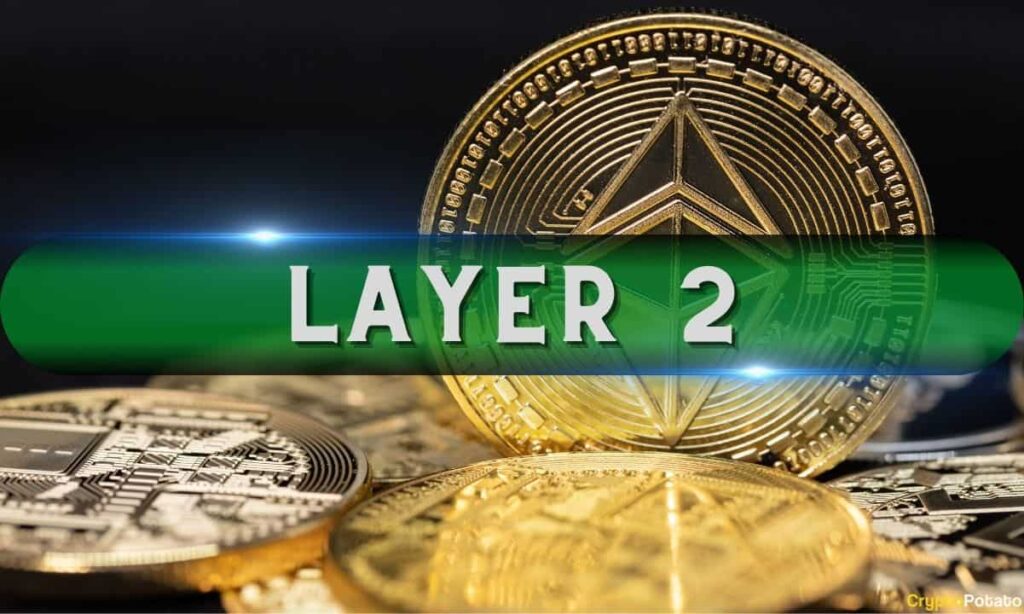Ethereum needs a community-driven Layer 2 (L2) to uphold its values of fairness and decentralization.
Corporate L2s like Arbitrum and Base prioritize profits over aligning with Ethereum’s core ethos.
A decentralized L2 can unite the ecosystem and direct value back to Ethereum L1.
Ethereum is facing increasingly high challenges as corporate L2s are dominating the ecosystem. Ignas, a well-known voice in DeFi, underlined how urgent the need for a decentralized L2 representative of Ethereum’s core principles on decentralization, fairness, and value accrual into ETH.
Today’s unveiling of Soneium, with its censorious IP contracts and freezing rights, is a perfect example of how corporate L2s differ from Ethereum values. Ignas said corporate solutions such as Arbitrum, Optimism, and Base serve shareholders, not the community. Their incentive structures drive profits away from Ethereum L1 and undermine the promise of decentralization.

These L2s only had “value-alignment” promises, which remained hollow, according to Ignas. Instead, users face practices that extract maximum value with little being contributed to the Ethereum network in return.
Base: A Double-Edged Sword
Base and its L2 are already the real force. The layer draws in users and provokes innovation, especially for the onboarding of the U.S. into crypto. But its very nature is quite centralized, which is an issue with many points. One he highlighted himself is how Coinbase has been known to freeze user accounts for reasons unbeknownst, even to the users themselves. That’s far from user-centric governance.
This concern is heightened by the fact that Base has opted not to create a governance token. The consequence of such an act is centralization in which the community has no vote on how to run the chain. Innovation driven by Base is welcome in the ecosystem, but this corporate aspect of control makes there a need for another option.

Ignas Proposes an Aggregator System for L2 Alignment with Ethereum
The time is ideal for launching a community-driven L2. Advances in open-source frameworks like Op Stack make this more achievable. Ignas proposed creating an aggregator system to unite existing L2s, fostering better alignment with Ethereum’s values.
Historical efforts like wBTC demonstrate the potential of community initiatives. Although wBTC has leaned toward centralization, a new L2 could avoid this by anchoring governance in the community. Ignas suggested funding such a project through transaction fees and a dedicated token, ensuring long-term sustainability.

This will take leadership from Ethereum builders and DeFi frontrunners. The kind of leadership that Stani, Kain, and Sam Kazemian can lead. A decentralized L2 would optimize for value accrual being fair, even if the user experience is worse because of higher fees and slower transactions.
Ethereum’s community has time and again proven it can do great things when its back is against the wall; for that reason, a community-driven L2 offers an opportunity for Ethereum to retake its own narrative and ensure the network remains part of a greater mission than one which caters to corporate interests.
Related Reading : Cryptocurrency Revolution: How 300 Million Users Are Changing Finance


